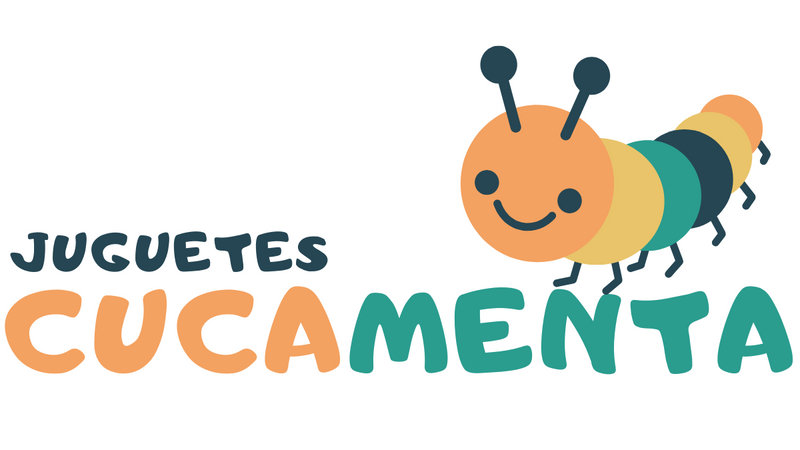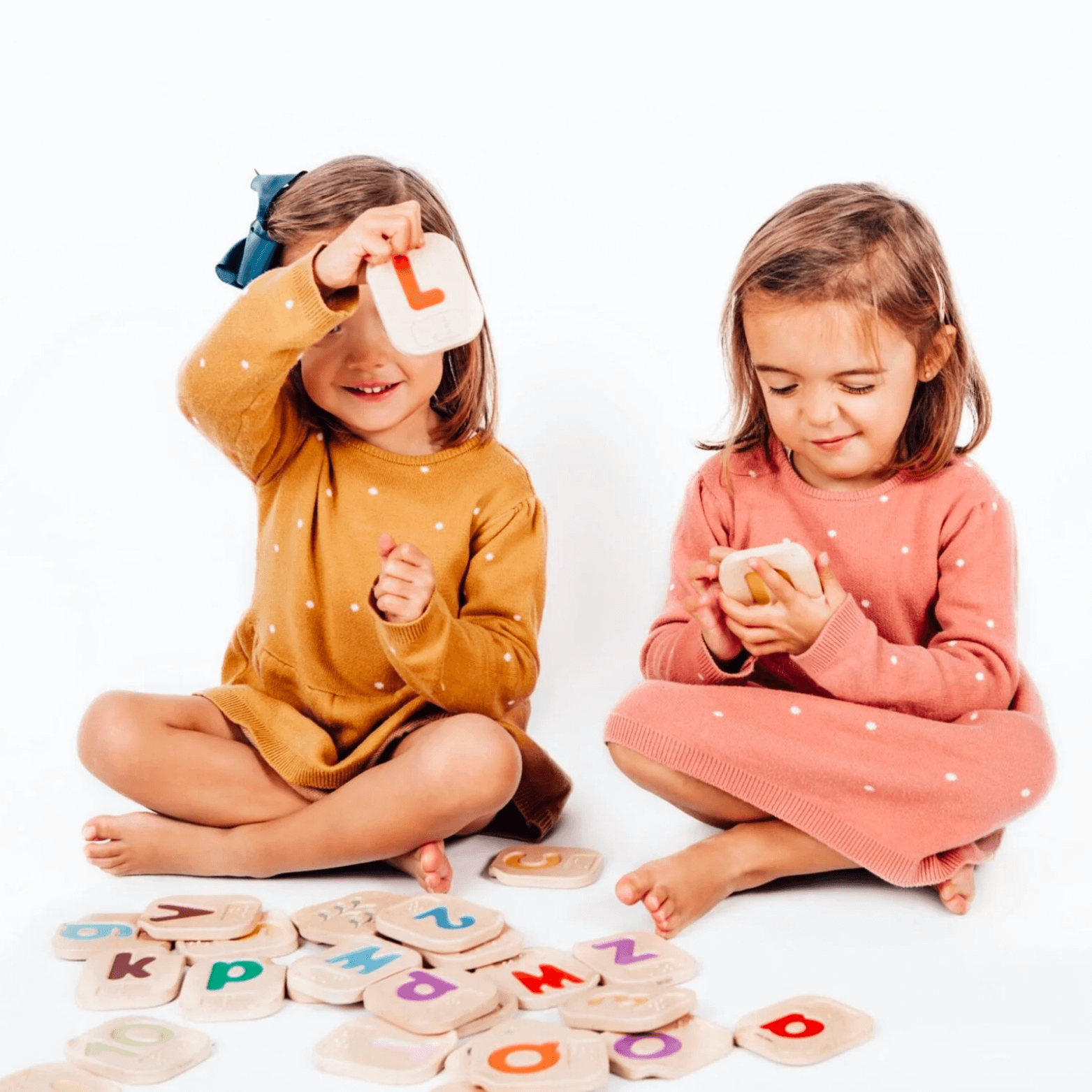Did you know that World Braille Day is celebrated on January 4 ? It may not sound familiar to you because it is a very recent date: it has taken place since last 2019.
The main purpose of this commemorative date is to raise awareness about the importance of this system as a means of communication for the full realization of the human rights of blind and visually impaired people.
The UN recognized the date at a United Nations committee meeting organized on December 17, 2018. And why is January 4 World Braille Day ? This date has not been marked on the calendar at random, but is the birth of its inventor, Louis Braille, a Frenchman who came into the world in 1809 and who devised this famous and international system of raised dots.
The origin of braille
Its creator studied at the National Institute for Blind Youth in Paris, at a time when books were still made with raised printing , which was laborious to manufacture and also complex and tedious to read and write.
In high school, Louis Braille was hungry to devour and access more books, so he began experimenting with simpler codes and alphabets to read with his fingertips. At the age of 15 he invented a system based on touch code called Ecriture Nocturne, invented by Charles Barbier to send military messages that could be read on the battlefield at night and without any light.
In Spain, ONCE works so that more and more people know and enjoy this literacy code from angles such as educational, cultural or recreational, achieving greater integration in healthcare, libraries, supermarket products, elevators or public universities.
It should be noted that Braille is not a language, but a code that allows you to read and write dozens of languages . In other words, thousands of people use it in their native language, so it can be considered a means of literacy.
People who are blind or have low vision use their fingers to read these raised dots, while people without visual impairments who are familiar with it usually read it with their eyes.

You're probably familiar with what it looks like: braille symbols are formed within units of space known as braille cells.
As explained by the American Foundation for the Blind , a complete braille cell consists of six raised dots arranged in two parallel rows of three dots each. The positions of the points are identified with numbers from one to six.
There are 64 combinations using one or more of these six points. A single cell can be used to represent a letter of the alphabet, a number, a punctuation mark, or even an entire word.
The standard system used to reproduce most textbooks and publications is known as contracted braille , which requires far fewer spaces. For most people, it is normal to learn the basic one first and then the contracted one.
Additionally, there are important differences between contracted braille in English and Spanish. To write in Braille , there are several ways: you can use a blackboard and stylus or a Braille typewriter, which consists of 6 main keys - numbered to correspond to the 6 points of a cell -, a space bar, a line spacing and a backspace.
What about toys? Children with low vision, visual problems or blindness also need specialized educational games that help them become familiar with this valuable literacy system from the earliest age.
At Cucamenta we offer you two game options suitable for the learning of children with visual difficulties. Both are recommended alternatives from 3 or 4 years of age. It is recommended not only for families, but to promote inclusion and diversity in nurseries, schools, sociocultural centers or children's leisure spaces.
The best toys for children with visual impairments or vision problems

- Double-sided Braille alphabet : If you want your little one to learn the Braille alphabet , this wooden toy has 26 double-sided pieces, including the uppercase and lowercase letters, ideal for comfortable, entertaining and intuitive learning. Each piece has a braille symbol that represents each letter of the alphabet, which serves as an introduction to knowledge of the code. In addition, since they are recorded, the child will also be able to practice writing.
- Braille Numbers from 1 to 10 : This educational game consists of 10 pieces of rubber wood - natural and chemical-free - that can be used on both sides, since, on one side, it has the numbers represented in Braille, and on the other, the counting sheets. The relief allows each number to be perceived in a pleasant way , promoting sensory stimulation and learning not only to count, but also colors.


0 comments